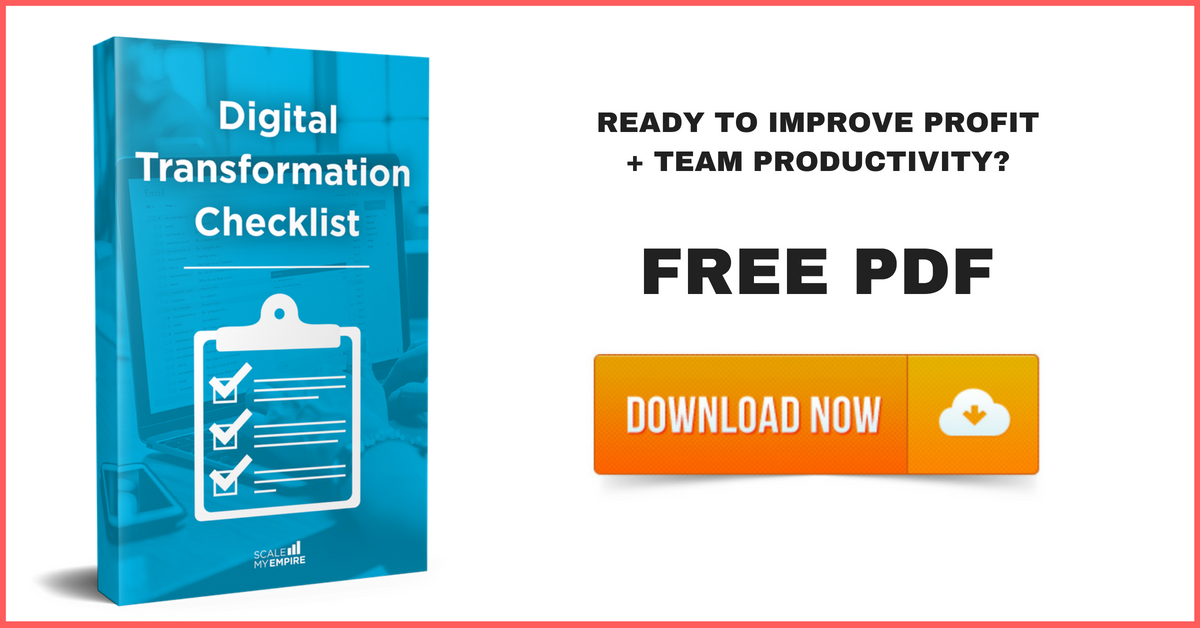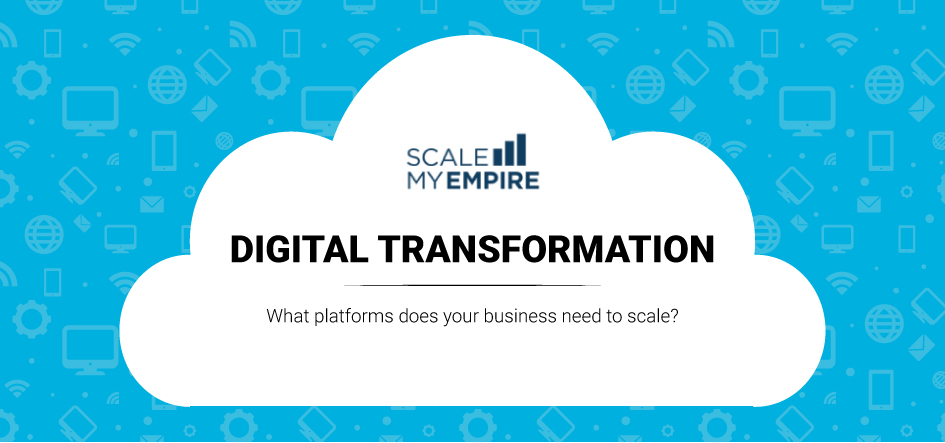
You’re a business owner who’s grown the company from a small team to a large, energised office. Revenue is solid, you’ve got happy clients, and you have a talented team with an award-winning culture.
But, it’s not all rainbows and unicorns.
It’s hard to get funding and banks don’t typically loan to services style businesses. So, you have to fund growth with cash from working capital. Yet, it seems no matter how much you are invoicing month-to-month, there isn’t any cash left over at the end.
Cash to pay staff each month. Cash to bring on new talent. Cash to invest in growth.
Every month the team produces great work, but payroll and accounts payable drain the tin every time. You might feel like you’re flying blind, but this lack of visibility is pretty common. In fact, according to a recent HubSpot report, 27% of consulting firms can’t even tell you what their average project margin really is.
In the heat of battle, it can be hard to work out exactly where the money is going. What you can work out though is that cash is evaporating despite the hard work you and the team put in–you have a ‘leaky bucket’.

The Challenge of Scale
When it comes to managing fast-paced growth, Jason Swenk says it best:
“Most agency owners come from the creative side or the account side, not from the financial perspective. Usually, agency owners hire a CFO and get right back to being creatives. Stop! If you really want growth, you need to understand your financials.”
Cash flow is without a doubt one of the biggest challenges for any company, of any size. But for agencies with significant and growing fixed labour costs and a high percentage of project work, the challenge can be even more apparent.
As you scale, it gets even harder:
- You have to hire more people, fast.
People are your biggest cost and your greatest asset. You have to invest in the team to produce quality work, but knowing exactly when it’s time to hire (and who you need to get) is difficult.
Hiring too early means you drain cash on unproductive people. Hiring too late can mean deferred projects and revenue. Hiring the wrong person, well that can be a complete disaster.
- Scope creep becomes a bigger issue.
It’s been called the biggest killer of profit by many. When the client seems to keep asking for more and your team continues to oblige, margin goes through the floor.
Project budget overruns in a small team are manageable. When it’s happening constantly across a large portfolio, it adds up to a total loss of net profit and cash.
- Pricing hasn’t changed.
When you were lean and mean, you could outprice your larger competitors and still make a great margin. Now you have the team and overheads of a large business, which means competing on price isn’t so smart.
But, do you even know if you’re pricing for margin when your actual costs to forecast are a black hole?
- You are still running off the systems you had when you were a small business.
Spreadsheets or basic cloud platforms worked great when it was just you and a few team members. The more you grow, the more your tech needs to grow with you.
Tech platforms are not just for managing your scope of work. They are critical for getting visibility over the key metrics you need. If you don’t measure, you can’t manage.

How to Stop the Leaky Bucket
Firstly, we need to address the cause: It’s visibility.
Visibility over your project costs and margins, over who to hire and when, over your pricing model versus your forecasts, and over team effectiveness. Your business can feel like a black hole. People are working, but you don’t know if they are working on the right things at the right time and whether they are working within the budget.
Now let’s look at the remedy:
- A Supply and Demand Mindset
You team just want to focus on being creative. But as Jason says, if you aren’t thinking about the financials you are in trouble.
So firstly, there is a mindset shift that needs to happen.
We talk about your team being your most important asset – and your biggest cost. So, it makes sense we spend a bit of time making that asset highly cost-effective.
As we mentioned before, knowing when to hire and who to hire is one of the biggest challenges to cash flow and profitability in an agency. Instead of hiring blindly, we need to shift our mindset to one of managing supply and demand. It’s time to stop making decisions from the seat of your pants and start monitoring the incoming demand generated from sales and make sure the team can fulfill it.
Think of your sales team as generating ‘demand’ – demand for creative ideas to spread the word of the world’s most innovative brands. Your team and their skills are the ‘supply’. Where a lot of businesses run into problems is aligning the people and skills to the demand coming in. It’s a challenge of organisational structure and resource management infrastructure you have to overcome.

- Systemisation Skills
With the right mindset in place, it’s time to invest in the skills your business needs to manage the supply side of your business.
The benefits of a systemised business are well known: A consistent and cost-effective approach to delivering client work and controlling your resources to optimise the team. To take what you’ve done thus far and scale it will require a system.
You don’t have to work harder, just smarter. A systemised business runs for you, not by you. But, systemisation is a specialised skill set that may not come naturally to creative types. As the Owner, you may not be the best person for this job.
This role is typically filled by an Operations Manager. Someone with the supply and demand mindset, but also the skills to systemise your business. This person’s job will be to ‘bottle the magic’ in your agency by crafting the processes, procedures and templates for the team.
Ultimately, you want the most awesome customer experience you can create to be replicated by every team member on every job, done so in the most efficient way possible to maximise the use of your team.

- The Technology Foundation to Grow
A systemised business that optimises supply to meet demand is extremely difficult without the right technology platform in place. In fact, I’d almost say in today’s age, it’s essential. Technology bridges the gap between your goals and pain points in your business. With the right tech implemented properly, your business will run more efficiently and you will have everything at your fingertips to make fast, informed decisions.
Your operations system has to include your pricing, project management, and resource planning technology platforms tightly integrated to sales CRM (demand generation) and accounting (billing).
If that all sounds too technical, there are single platforms that do the lot, making it a simple decision to get the right foundation in place to get going.
If you’re still not sure where to begin with fixing your leaky bucket, book a free systems assessment with Scott Gellatly, Co-Founder of Scale My Empire, to see where the gaps are in your operation and get a simple, free strategy to improving cash flow and profitability.




